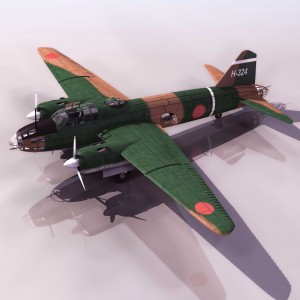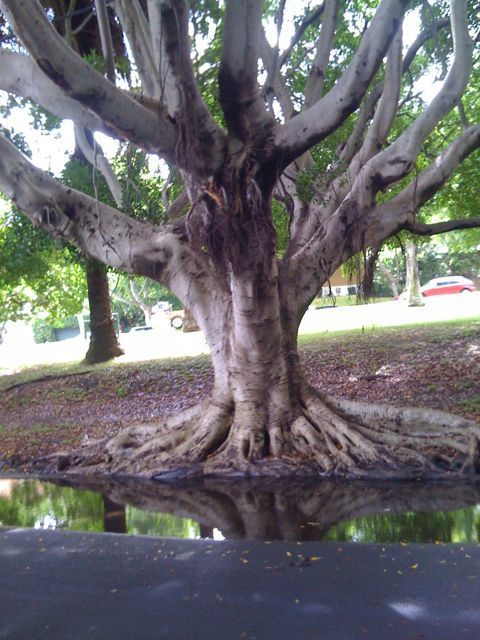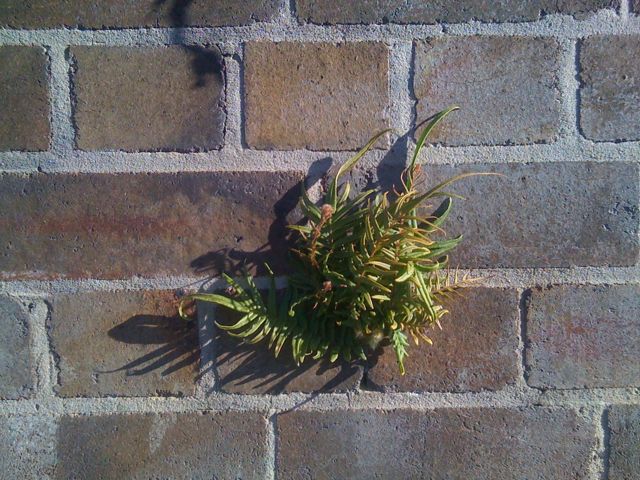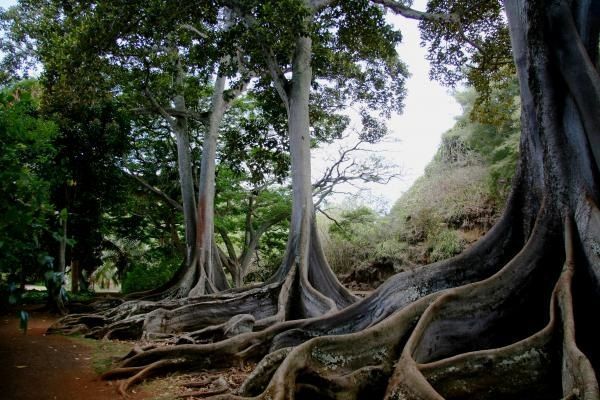 http://sketchup.google.com/3dwarehouse/details?mid=c3f5fc128d794df62864157e294caa1&hl=in&ct=lc
http://sketchup.google.com/3dwarehouse/details?mid=c3f5fc128d794df62864157e294caa1&hl=in&ct=lc
Length: 19.97 m (65 ft 6¼ in)
Wingspan: 24.89 m (81 ft 7¾ in)
Height: 4.9 m (16 ft 1 in (in a horizontal position))
http://home.st.net.au/~pdunn/kath01.htm
JAPANESE BOMBING RAID ON KATHERINE, NT
22 MARCH 1942
On 22 March 1942, a single Japanese Mitsubishi Ki-15 reconnaissance aircraft took off from Koepang, Timor to spy on the defences of Darwin in readiness for a larger strike force of Takao Kokutai G4M bombers.
Coast watchers on Bathurst Island notified Darwin of the approaching reconnaissance aircraft at around midday and it was eventually shot down by Kittyhawks from the 9th Pursuit Squadron of the 49th Fighter Group.
As anticipated, the Japanese Takao Kokutai made a raid that same day but not on Darwin. The nine Japanese bombers flew 200 miles further south east and bombed Katherine. They presumably were hoping to find Allied bombers at the Katherine airfield. This was not the case.
Nine Mitsubishi G4M1 “Betty” bombers of the Japanese Navy’s Tokao Kokutai, 23rd Koku Sentai appeared over Katherine at 12.20pm and circled the area. They then disappeared. A local eyewitness Dorothy Hall said the came back about a quarter of an hour late and dropped their bombs. Local farmer Bert Nixon saw the nine bombers in formation coming in from the north east.
An aboriginal man called Roger was killed. Noel Hall was injured during the bombing raid. The Japanese Batty’s dropped approximately 91 x 60kgs bombs. 84 of these bombs were anti-personnel “Daisey Cutters” which fell on the Katherine airfield.
Some bombs landed at Knotts Crossing narrowly missing a PMG line crew and local Henry Scott. More bombs landed near the hsopital and near Gallon Licence Store and two landed near Manbullo airfield.
Unfortunately the aircraft of the 49th Fighter Group were not able to intercept these Japanese bombers. Damage at Katherine was minimal. This was the most southern Japanese bombing raid in the Northern Territory during WW2.
Company “A” and HQ & Service Company of the 808th Engineer Aviation Battalion were still working on the redevelopment of the airfield when the Japanese dropped their bombs. Katherine airfield was originally the civilian airfield at Katherine .
A fifteen page monograph from the Military History Section National Institute for Defense Studies, 2-2-1 Nakameguro, Meguro-ku, Tokyo Japan, prepared by Retired (MSDF) Captain Kawano Teruaki on August 29th 1997 shows that there was a Japanese Reconnaissance flight over Katherine and Pine Creek on 21 March 1942.
Photo:- Mrs. M. Murphy, Katherine
Bomb Crater at the Gallon License Store. The track
behind the crater leads off to the hospital which is located
amongst the trees in the background of the photo.
ACKNOWLEDGEMENTS
I’d like to thank Colin Beard and Melvin Haba for their assistance with this home page.
REFERENCE BOOKS
“Protect & Revenge”
“The 49th Fighter Group in World War II”
by S.W. Ferguson & William K. Pascalis
Heaps of WW2
books available at
Amazon.com
“Australia @ War”
Copyright
© Peter Dunn 2004
Disclaimer




